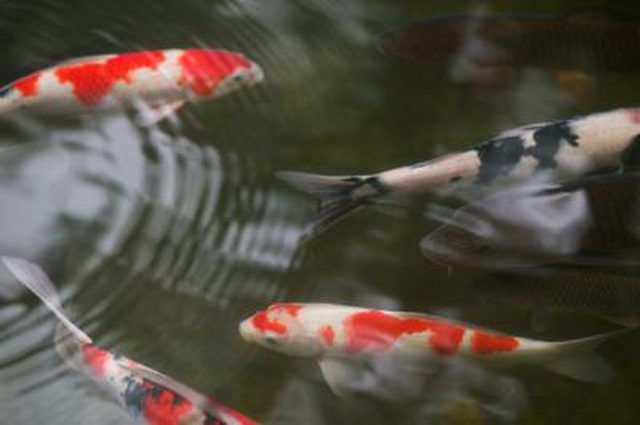Bulbs
Flower Basics
Flower Beds & Specialty Gardens
Flower Garden
Garden Furniture
Garden Gnomes
Garden Seeds
Garden Sheds
Garden Statues
Garden Tools & Supplies
Gardening Basics
Green & Organic
Groundcovers & Vines
Growing Annuals
Growing Basil
Growing Beans
Growing Berries
Growing Blueberries
Growing Cactus
Growing Corn
Growing Cotton
Growing Edibles
Growing Flowers
Growing Garlic
Growing Grapes
Growing Grass
Growing Herbs
Growing Jasmine
Growing Mint
Growing Mushrooms
Orchids
Growing Peanuts
Growing Perennials
Growing Plants
Growing Rosemary
Growing Roses
Growing Strawberries
Growing Sunflowers
Growing Thyme
Growing Tomatoes
Growing Tulips
Growing Vegetables
Herb Basics
Herb Garden
Indoor Growing
Landscaping Basics
Landscaping Patios
Landscaping Plants
Landscaping Shrubs
Landscaping Trees
Landscaping Walks & Pathways
Lawn Basics
Lawn Maintenance
Lawn Mowers
Lawn Ornaments
Lawn Planting
Lawn Tools
Outdoor Growing
Overall Landscape Planning
Pests, Weeds & Problems
Plant Basics
Rock Garden
Rose Garden
Shrubs
Soil
Specialty Gardens
Trees
Vegetable Garden
Yard Maintenance
How to Treat Ich in Ponds
How to Treat Ich in Ponds. Ich is a parasite and resulting disease that often causes white spots and mucus on fish skin. Ich is fatal to fish, and a pond infested with the parasite can lose many fish in a short time. Treating a pond for ich can be difficult because ich parasites in certain stages of their life cycle will not be affected by...

Ich is a parasite and resulting disease that often causes white spots and mucus on fish skin. Ich is fatal to fish, and a pond infested with the parasite can lose many fish in a short time. Treating a pond for ich can be difficult because ich parasites in certain stages of their life cycle will not be affected by treatment. You must administer several treatments to eradicate ich from the pond completely once you notice the problem.
Things You'll Need
Goggles
Gloves
Respirator
Formalin
Copper sulfate
Salt
Hydrated lime
Wear goggles, gloves and a respirator when preparing to treat your pond for ich. The chemicals may cause skin, eye or throat irritation.
Use formalin as a treatment for ich in ponds. Formalin is the only ich treatment approved by the Food and Drug Administration. Use 4.5 to 7.5 gallons of formalin per acre-foot, or 15 to 25 parts per million.
Apply copper sulfate evenly over the pond to help kill ich. Have a sample of your pond water tested to determine the alkalinity. Divide the alkalinity by 100 to determine how much copper sulfate to use. For example, if the alkalinity is 50 parts per million, use 0.50 parts per million of copper sulfate.
Apply 2 to 3 parts per thousand of salt, or about 3 pounds of salt per 100 gallons of water, to your pond to kill ich quickly. This may not be cost effective for extremely large ponds.
Apply your chosen treatment three to seven times until the fish show no signs of ich. Apply the treatment every day for most ponds. If your pond is in colder temperatures between 64 and 45 degrees F, you can skip two to three days between each treatment.
Remove all of the fish from your pond if you cannot control ich adequately. Add hydrated lime to your pond to raise pH to 11. Restock the pond with new fish after the pH drops to 6.5 to 9.
Tips & Warnings
Copper sulfate is not very effective in ponds with alkalinity less than 40 parts per million or more than 300 parts per million. The chemical is toxic in ponds with very low alkalinity and too diluted to kill ich in ponds with a high alkalinity.
Formalin creates toxic fumes so be sure to wear a respirator when applying it.
Use a lower amount of copper sulfate in ponds with goldfish, as they are more sensitive to the chemical.
Copper sulfate can kill algae. This can lower the amount of oxygen available to fish, causing sickness or death.